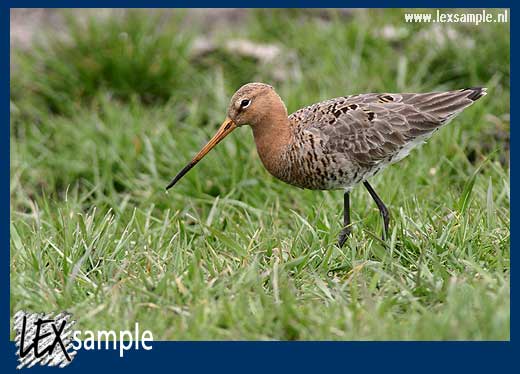 |
| The godwit (Limosa limosa) is the figure-head of the protection of grassland birds in The Netherlands. Roughly half of the world population breeds in the country, mainly in the regions of West-Friesland and North-Holland. Grassland birds flourished in The Netherland in the fifties and sixties, but the vanishing of grasslands (highways, industrial zones) and the agricultural optimalisation have reduced breeding pairs to maximum 50,000, against 120,000 in the middle of last century. |
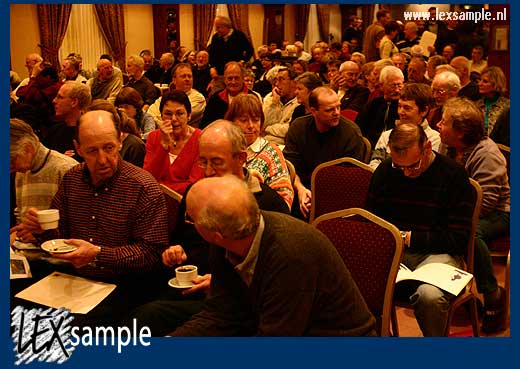 |
| The organisation that coordinates the protection of grassland birds (Vereniging Agrarisch Natuurbeheer, VAN) in the province of North-Holland resides in the city of Purmerend.
Before the actual field work starts, the new volunteers attend two evening meetings where they receive the required background information. The number of older people amongst them is surprising; sadly few young people seem to be interested. The third gathering is less formal, with lectures covering other natural areas of interest. Old "veterans" and participating farmers attend the meeting too. |
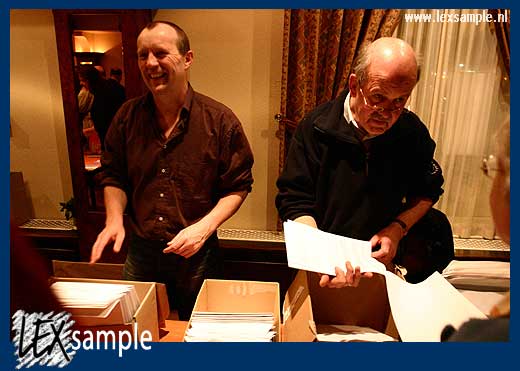 |
| New volunteers are being assigned to more experienced field workers who will be coordinating the unit. The coordinators receive the inventory lists and maps on which the nests will be marked. |
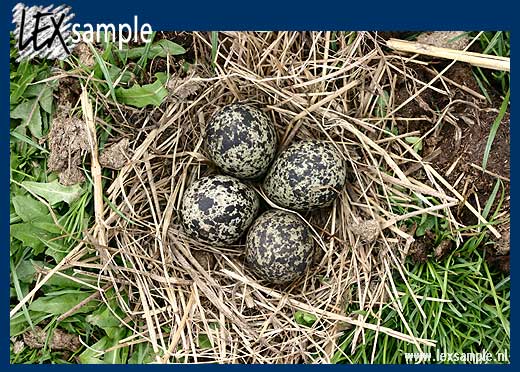 |
| The lapwing (Vanellus vanellus) is the first grassland bird to start breeding. The lapwing's nest usually contains four, sometimes three, lightly coloured eggs painted with dark spots. On our first inventory (on the farmlands near the small village of Watergang) we find some ten lapwing nests. These nests are not too small, but their hidden location and camouflage make one easily overlook it. |
 |
| Once a week we visit the same grounds. Nests that have been found are marked on our map, so we will be able to measure the success rate of clutches and the farmer will know which spots should be avoided when working on the land or when leading the cattle to pasture. |
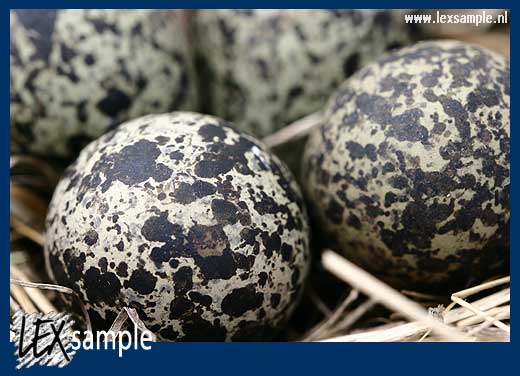 |
| Close-up shot of lapwing's eggs. |
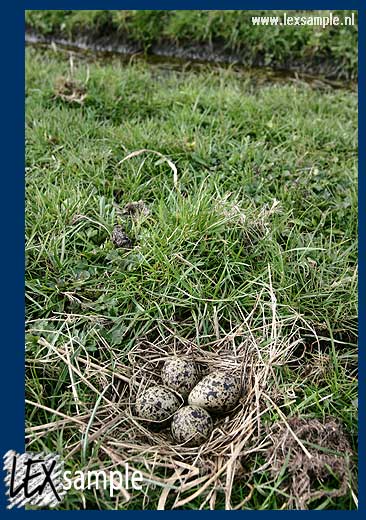 |
| Many of the lapwing's nests we find are situated close by a shallow ditch. In a couple of weeks from now redshanks will try to breed in the neighbourhood of lapwings since the latter are so vigilant. |
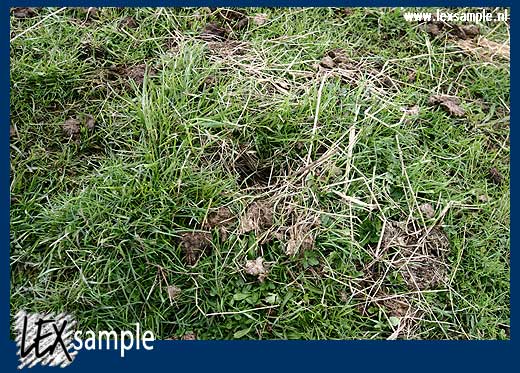 |
| One assumes to know common birds just because we recognize them. But there is more than just recognition. Breeding behaviour, plumage, ecology... Searching for nests forces you to observe and listen better.
As an example, a male lapwing creates various holes in the grass that serve as potential nests and will be examined by the female. |
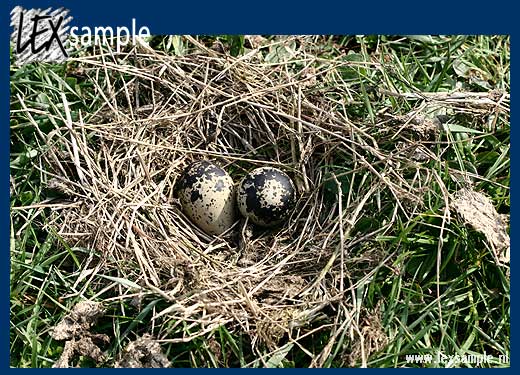 |
| Nest number twelve: two lapwing eggs with a different pattern. |
 Next series
Next series